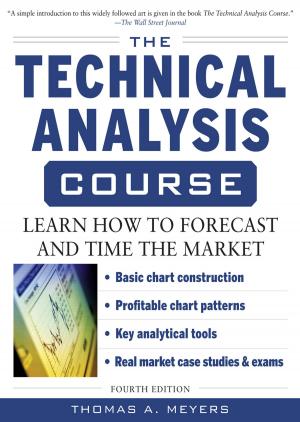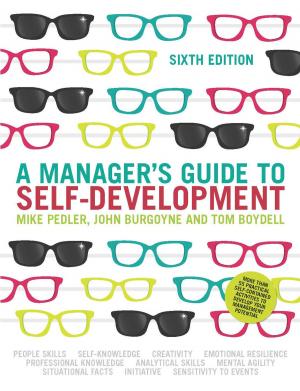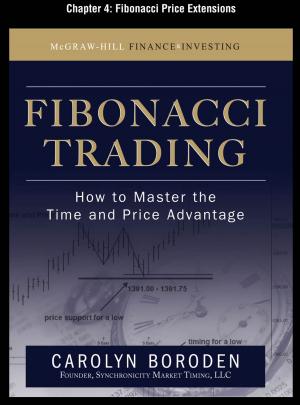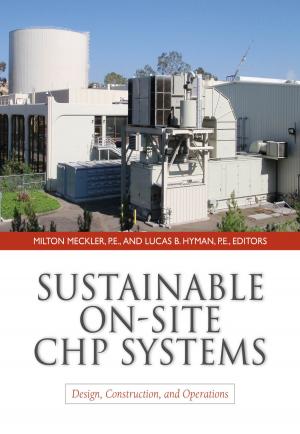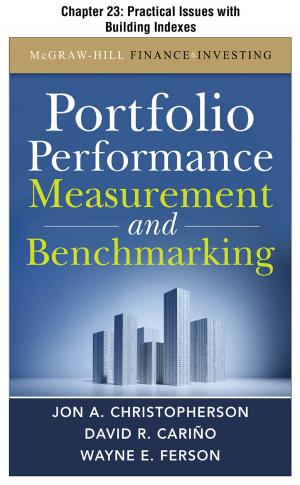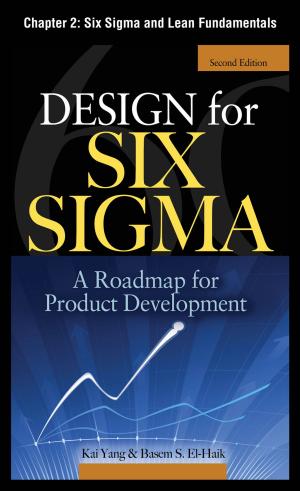Global Supply Chains: Evaluating Regions on an EPIC Framework – Economy, Politics, Infrastructure, and Competence
Evaluating Regions on an EPIC Framework – Economy, Politics, Infrastructure, and Competence
Nonfiction, Science & Nature, Technology, Engineering, Civil, Business & Finance, Management & Leadership, Decision Making & Problem Solving| Author: | Philippe-Pierre Dornier, Kenneth Petersen, Mandyam Srinivasan, Theodore Stank | ISBN: | 9780071792325 |
| Publisher: | McGraw-Hill Education | Publication: | January 5, 2014 |
| Imprint: | McGraw-Hill Education | Language: | English |
| Author: | Philippe-Pierre Dornier, Kenneth Petersen, Mandyam Srinivasan, Theodore Stank |
| ISBN: | 9780071792325 |
| Publisher: | McGraw-Hill Education |
| Publication: | January 5, 2014 |
| Imprint: | McGraw-Hill Education |
| Language: | English |
A proven framework for measuring the supply chain potential of geographic regions
Managing a complex global supply chain requires a strategic assessment of the various factors that can affect decisions on procurement, manufacturing, warehousing, logistics, distribution, and sales. Co-written by renowned experts in global supply chain management, this book presents a systematic, structured approach to evaluating ten global regions with respect to their supply chain activities.
The maturity level for each region is assessed using the EPIC framework--Economy, Politics, Infrastructure, and Competence. Managers of supply chains can use this framework and the exclusive data in this practical, timely resource to identify the strengths, weaknesses, opportunities, and threats of the different global regions and determine their supply chain strategies accordingly.
Global Supply Chains analyzes ten regions:
- East Asia
- South Asia
- Southeast Asia
- Australia
- The Middle East and North Africa (MENA)
- Sub-Saharan Africa (SSA)
- Western Europe
- Central and Eastern Europe
- North and Central America
- South America
A proven framework for measuring the supply chain potential of geographic regions
Managing a complex global supply chain requires a strategic assessment of the various factors that can affect decisions on procurement, manufacturing, warehousing, logistics, distribution, and sales. Co-written by renowned experts in global supply chain management, this book presents a systematic, structured approach to evaluating ten global regions with respect to their supply chain activities.
The maturity level for each region is assessed using the EPIC framework--Economy, Politics, Infrastructure, and Competence. Managers of supply chains can use this framework and the exclusive data in this practical, timely resource to identify the strengths, weaknesses, opportunities, and threats of the different global regions and determine their supply chain strategies accordingly.
Global Supply Chains analyzes ten regions:
- East Asia
- South Asia
- Southeast Asia
- Australia
- The Middle East and North Africa (MENA)
- Sub-Saharan Africa (SSA)
- Western Europe
- Central and Eastern Europe
- North and Central America
- South America

